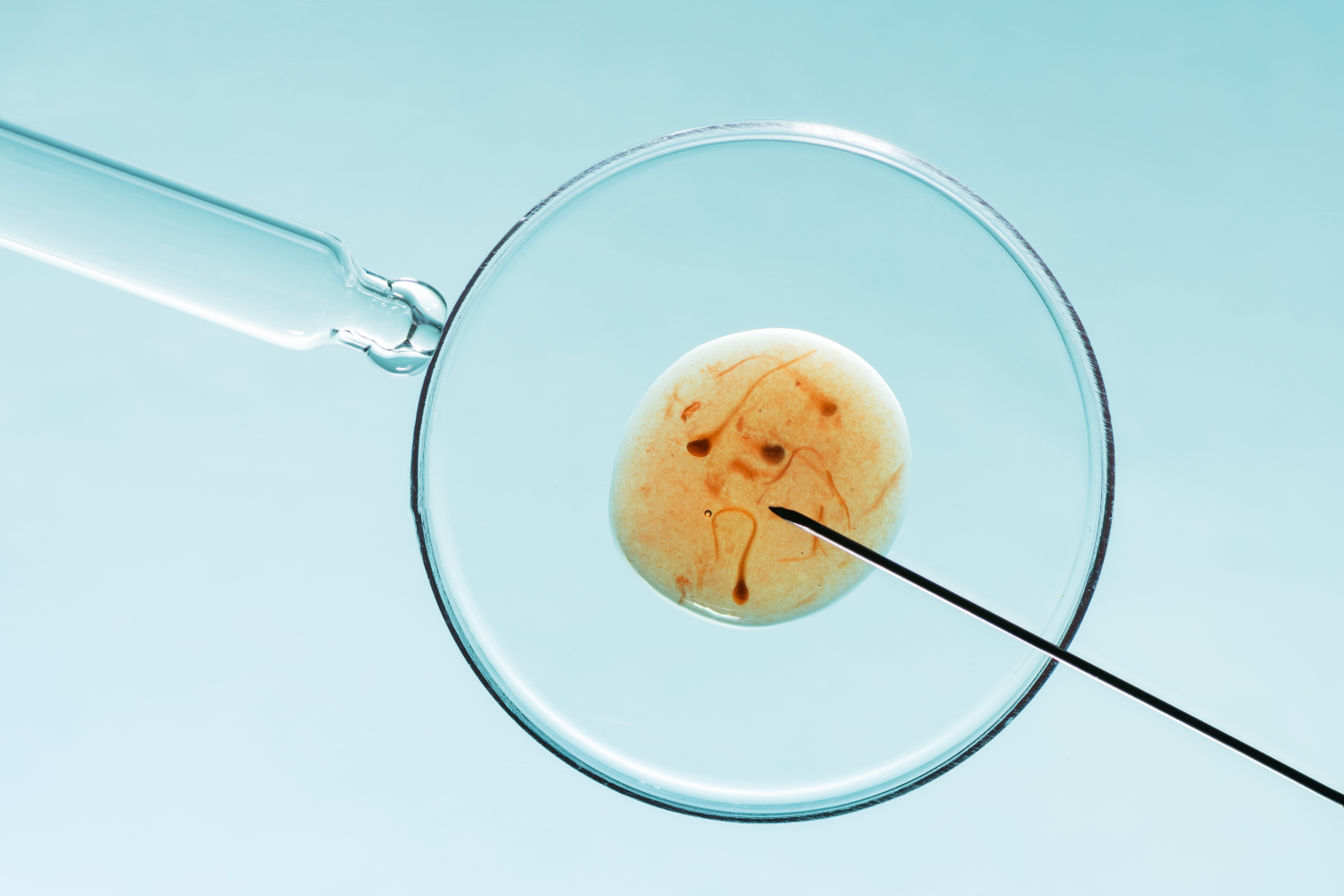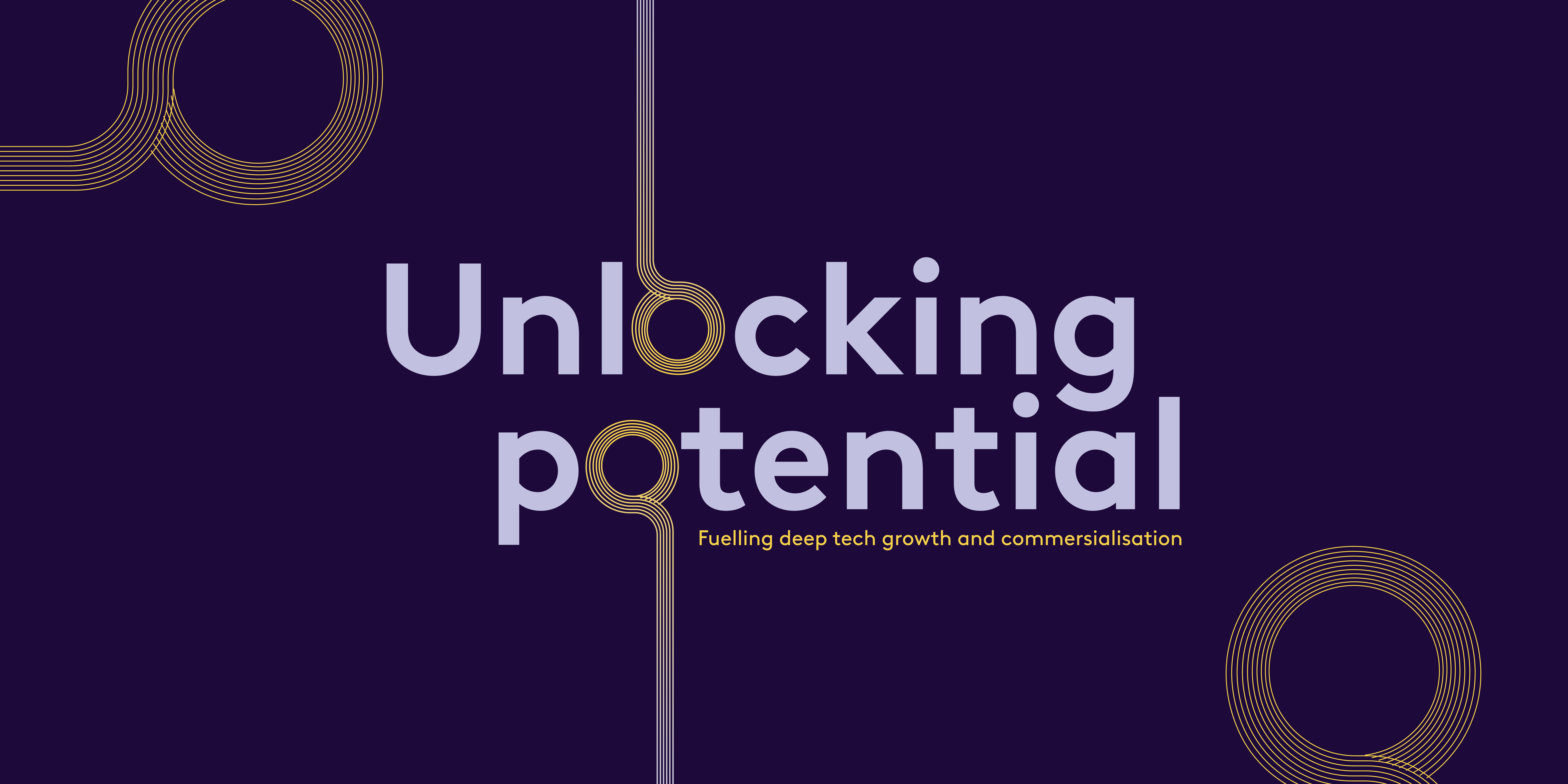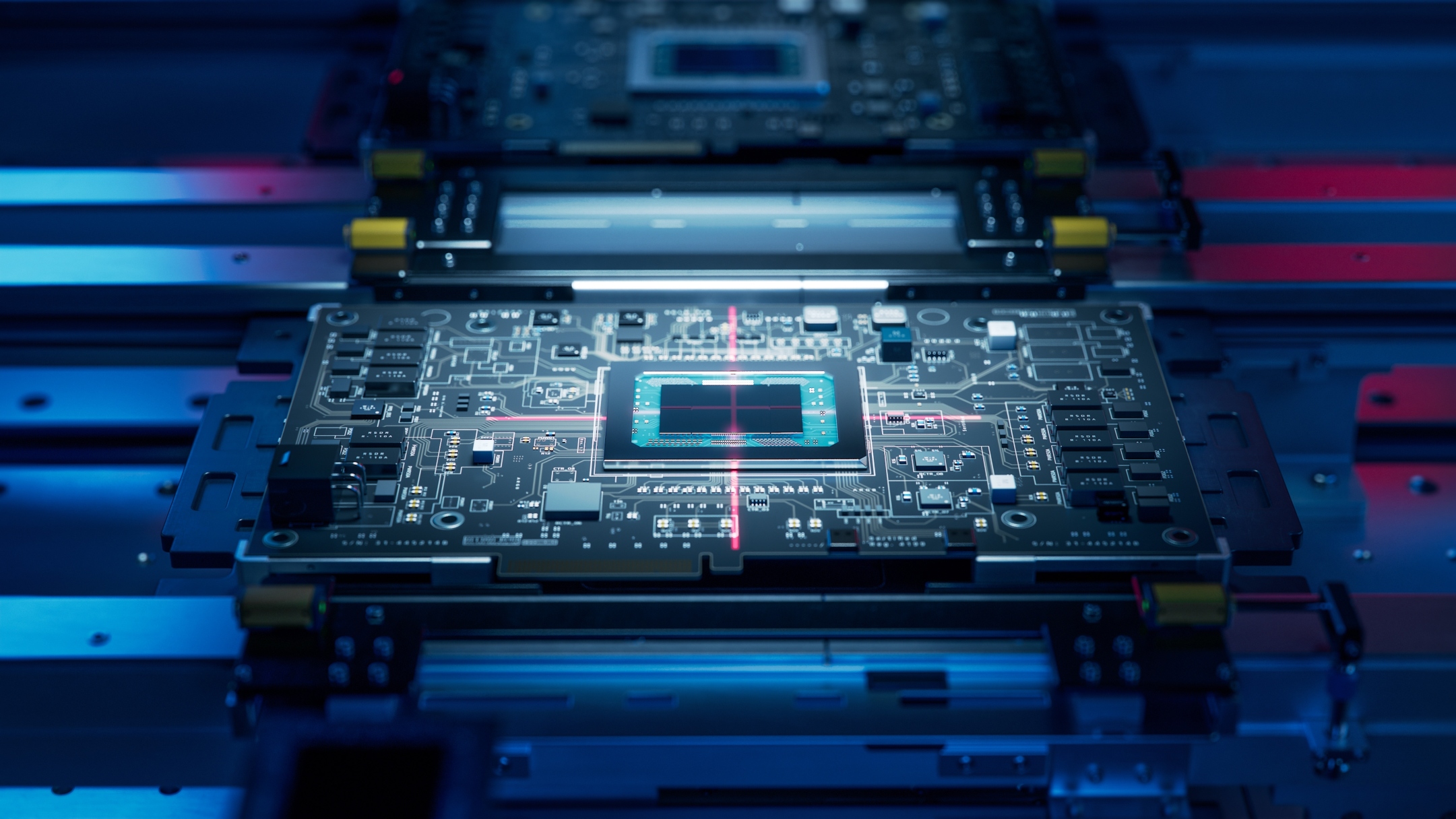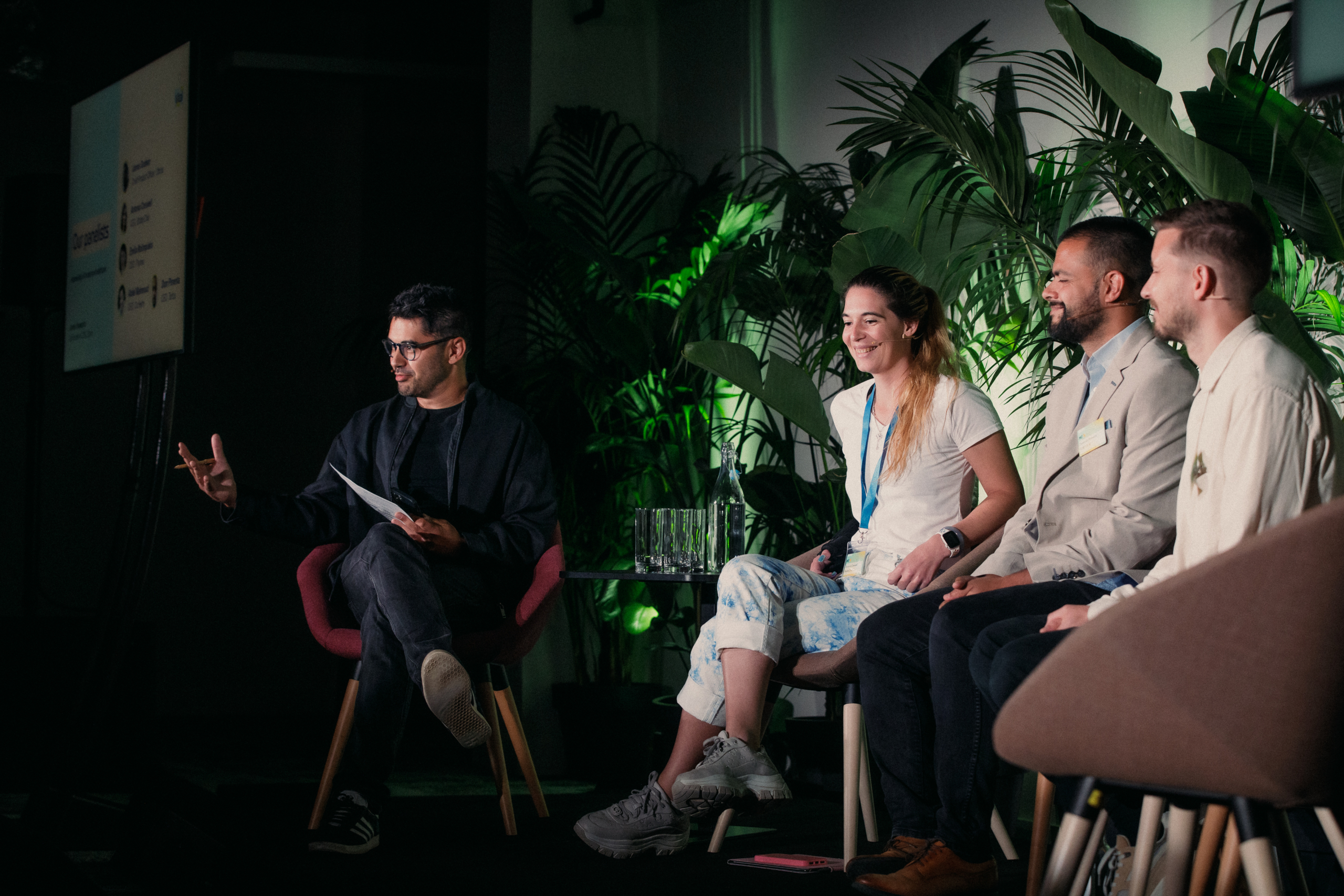Is silicon broken?
Simon King came to Octopus Ventures for an internship eight years ago, armed with a PhD in organic electronics from Imperial College London. Now a Partner, he is responsible for the new deal origination team at Octopus and sits in the Deep Tech pod. The pod works to find the pioneers creating tools and technologies that will power the next industrial revolution. Here, Simon explores the prospects for human/computer interaction.
The way we interact with computers is about to change. It won’t just herald a step forward in convenience, it will change the way technology integrates into our life and work. Tech is about to get intimate.
One of the key advances hinges (ironically) on flexible display media – the materials they’re made from and the way they work with existing systems.
Folding phones are tantalisingly close. But both Samsung and Huawei are stuttering in their attempts to launch their respective foldable offerings. The delayed launches of the Galaxy Fold and the Mate X speaks to the immense challenge in engineering flexible screens.
Silicon’s broken
A quick dive into science; the screen you touch contains many layers doing different things, but it is one specific layer where the real challenge lies, the layer filled with switches to turn pixels on and off. Silicon is the material the tech revolution has been built on since the 1950s. It’s the magical crystalline material that has carried the transistors that still – basically – switch on and off to perform the complex tasks of today’s devices. It’s also brittle and stubbornly un-bendy. The ‘foldable’ screens Samsung and Huawei are tentatively proposing are still stuck in silicon. Their achievement is impressive – and expensive – given that they’re pushing silicon to do one thing it really can’t – to bend. The result is a single crease, like a book spine, which only bends in one dimension. That’s really a hinge, not full flexibility. But, aside from paying credit to Samsung and Huawei’s remarkable engineering achievements, the pre-ordering levels of these expensive products shows without question that the market is primed for flexible displays.
Silicon’s successor
The answer is coming. The move is from inorganic (silicon) to organic (plastic). (In chemical terms, ‘organic’ means carbon-based, rather than pesticide-free.) A company we have invested in, Smartkem, has figured out a way to build plastic transistors. There’s a bit more to it than that of course, but the implications are paradigm-shifting: low power, lightweight, unbreakable displays on plastic that can flex, bend, fold and roll, produced with simplified production methods and at massively reduced cost. Silicon, whilst made from abundant sand, has to be very, very pure and the refining costs are enormous. Plastic can be ‘printed’ quickly and cheaply, firing off the roll as easily as newsprint.
Displays and electronics will no longer be heavy, flat and rigid but lightweight, very thin, rollable and foldable. This could mean the death of tablets. Why would you have a large, heavy iPad, when the phone in your pocket folds out to do the job better, faster and cheaper? The business model through which phones are sold seals the deal. Tablets are usually owned outright and replaced every four or five years. Phones are paid for monthly – generally over the odds – and renewed every two years. It’s a very lucrative model.
Just one more point on phones: they all basically look the same. And perform the same functions. Once things get bendy, the limits, from a design and functionality point of view, expand. That we still call them ‘phones’ is a misnomer, given telephoning is way down the list of the most used functions. Companies who design practical and visually impactful devices will win.
Displays everywhere
The evolution of human/computer interaction is towards ubiquity. Flexible, cheap, durable screens could mean they appear everywhere: on walls, appliances and even clothes. Already in the health and safety sector, garments are carrying messages, changing colour and sending out signals, rather like your contactless payment card, that keep the wearer better protected. In the hands of fashion, this technology will take ‘bespoke’ to another level.
Closer in
But there’s another route open to the merging of tech/human interfaces: AR. Another of our portfolio companies, WaveOptics, is advancing the technology that is making Augmented Reality near-eye displays viable alternatives to ‘out there’ screens. Information overlaid onto reality (AR) could prove to be the death of screens as we think of them today. In all areas of life – work, manufacturing, transport, education, entertainment, sport – near-eye AR technologies have the potential to virtually merge human/computer interaction.
Longer term, the increasing intimacy with computing leads to the notion of direct neural interfaces. (Elon Musk’s Neuralink company is hiring, by the way: “No neuroscience experience is required: talent and drive matter far more,” says the homepage). Brain-machine interfaces such as those being created at CTRL-labs are already tapping into ‘user intent detection’. This capitalises on the fact that even before we carry out a thought or action, our neurones fire as if that action is taking place, whether or not we go on to carry it out. You just have to think about moving your arm and the neurones fire. The right interface could literally read the mind’s intent.
Industry 4.0
The companies creating the materials, tools and software that are bringing humans and computers closer are driving the next industrial revolution. There’s no doubt that the nature of Industry 4.0 is digitalisation (as its predecessors were steam, electricity and silicon), but it will be telegraphed by the way people interact with computers.














